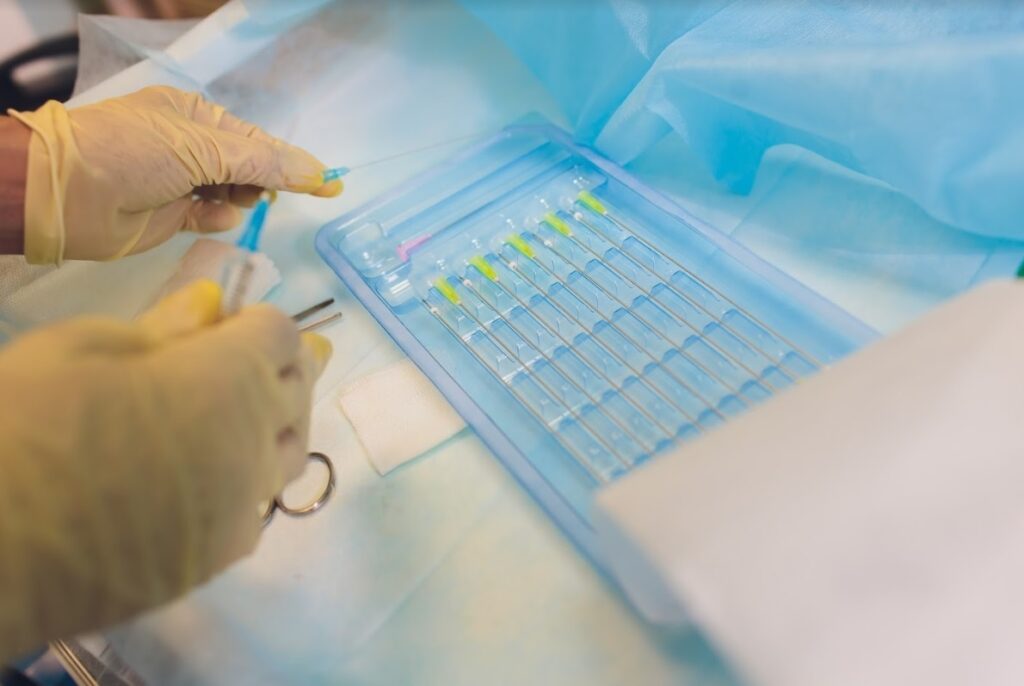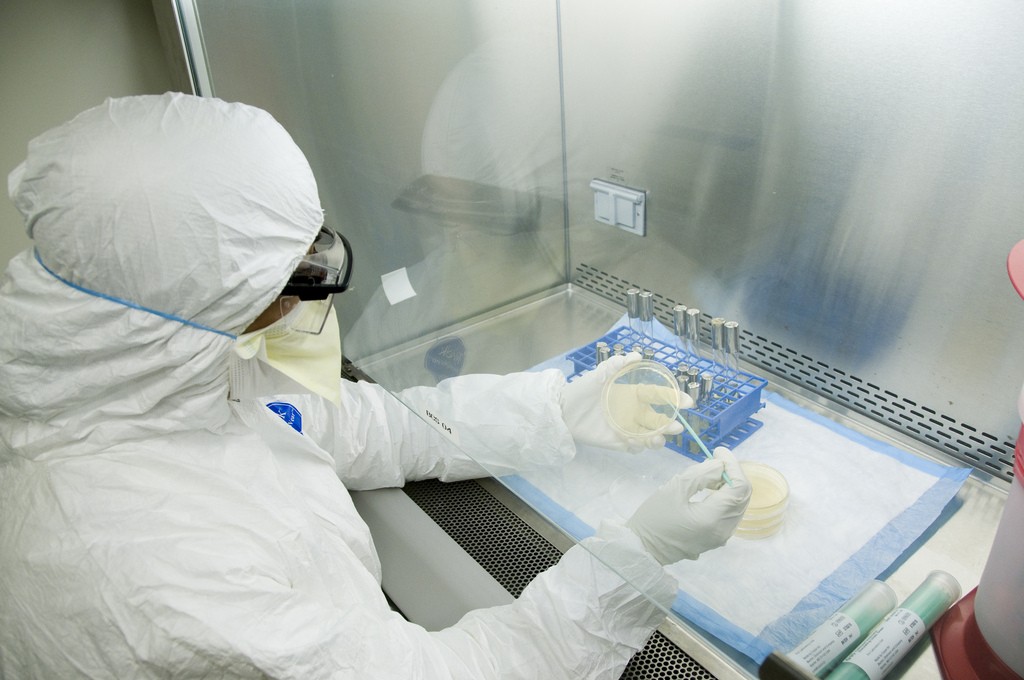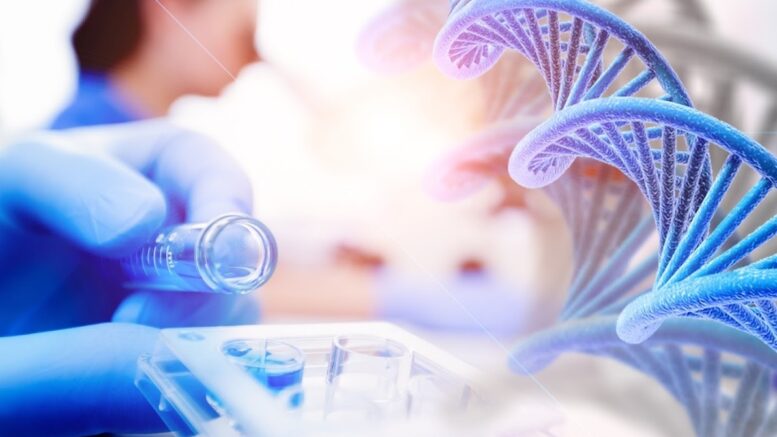Modern-day medicine has crossed many limited boundaries and golden-age impossibilities. It is now far beyond what it was decades ago. Many incurable diseases and injuries have been treated due to medical breakthroughs of brilliant minds and state-of-the-art science and technology.
Surgeons can now replace a failing heart, lung, or kidney via organ transplant. Disabling conditions such as Amyotrophic Lateral Sclerosis (ALS) or Human Immunodeficiency Virus (HIV) patients can now experience prolonged and improved quality of life. This revolutionary approach can address the unmet needs of the medical industry.
As of 2022, regenerative medicine promises to continue paving the way for new and advanced treatments such as platelet-rich plasma injections and stem cell therapy. These game-changing procedures alter and prolong many lives across the world.
Meanwhile, let us first look at a brief background of regenerative medicine before moving on to its future.
What is Regenerative Medicine?
Regenerative medicine is a medical breakthrough that promotes a natural healing process through the collaboration of biology, physiology, immunology, and other medical sciences.
Conventional medicine addresses signs and symptoms with medication and surgeries. On the contrary, this approach includes harvesting fat, tissue, or blood from the patient. The stem cells are then extracted from these body samples, isolated, multiplied, and returned to the affected tissue, bone, or organ.
Chronic and terminal diseases are one of the major concerns of the populace. The goal of regenerative medicine is not only to alleviate or cure the signs and symptoms but to treat them fully with little to no chance of recurrence.
Types of Regenerative Medicine
Stem Cell Therapy
Stem cells are the origin of all cells found in the human body. They are considered unspecialized raw materials that act as a repair system to induce the body’s natural healing process. Therefore, they play a significant role as factors in further understanding and treating different diseases.
These cells are undifferentiated as to what type of body cells they will generate. Advanced lab engineering can convert them to specialized cells that will replace, repair, and restore function to diseased, injured, or aging tissues and organs.
For instance, a person with bone Avascular Necrosis (AVN), usually seen in cancer (CA) patients, may not be able to undergo open surgery. They are immunocompromised and have high risks for delayed healing, infections, and serious complications.
Instead, bone marrow aspiration is performed to harvest the stem cells. When reproduced, the stem cells are injected and delivered back to the affected bone through a decompression approach. Cells are then stimulated for repair and regeneration to reduce pain and treat the condition effectively.
Tissue Engineering
Tissue engineering is primarily used to treat musculoskeletal conditions such as muscle, ligament, cartilage, bone, and blood vessel damage. Specialized cells are harvested and altered to create a suitable matrix and scaffold for transplantation.
An example of this is cartilage regeneration–cartilage has no direct blood supply; thus, there is a prolonged healing period until complete recovery. Especially when it is beyond repair, this procedure can help treat cartilage damage effectively.

Prolotherapy
Prolotherapy is a non-invasive procedure that involves injecting a liquid solution into the injury site. An anesthetic drug is also administered to ensure the patient’s comfort and avoid elevated blood pressure due to pain.
It is commonly used to address pain, bone or joint degeneration, and injuries in the neck, shoulders, spine, pelvis, hands, knees, and ankle. Here, new tissue fibers are generated to heal and repair the damaged structures.
Platelet-Rich Plasma (PRP) Therapy
Platelets or thrombocytes come from the bone marrow. They are blood cells responsible for producing clotting factors to prevent excessive blood loss. When you are injured, they clump in the damaged blood vessels. Together with neutrophils, they attack foreign substances and stop the bleeding.
Plasma is the pale-yellow liquid that makes up about 55% of blood. In systemic and pulmonary circulation, it carries enzymes, nutrients, salts, and water to all body structures.
In PRP therapy, blood is extracted from the patient and undergoes a series of enhancing processes. PRP is then injected back into the affected area for repair and recovery.
Artificial Organs And Device Implants
Artificial organs and device implants have saved many lives around the world. Advancements in science and technology have paved the way to recreate and replace damaged organs. Most cases are used as a temporary solution while finding a matching donor.
What Are The Conditions Known To Be Treated?
There are available regenerative medicine therapies that treat various conditions, such as:
- Autoimmune Diseases
- Brain tissue injuries due to trauma
- Brain cell (neuron) degeneration such as Alzheimer’s Disease (AD), ALS, Huntington’s Disease (HD), Parkinson’s Disease (PD)
- Bone, cartilage, and ligaments fractures and injuries
- Cardiovascular conditions
- Urinary problems
- Cerebrovascular Diseases (CVD)
- Certain types of Cancers (Leukemia)
- Diabetes
- Neurological disorders
- Osteoarthritis and Rheumatoid Arthritis
- Wound healing for burn victims
There is a bright future and a lot to look forward to in regenerative medicine. Here is what to expect from 2022 onwards:
Rapid Bone, Organ, And Tissue Restructure
Nowadays, you can find regenerative medicine treatments for bone, organ, and tissue restructure through scaffold fabrication, 3D bioprinting, and self-assembly. Ongoing research and clinical testing are being conducted to hasten these procedures.
Time is of the essence for individuals with cancer, chronic illnesses, and the elderly. There are also studies focused on congenital cases. They are all prone to acquiring infections and serious complications. Thus, rapid bone, organ, and tissue restructure can promote effective recovery.
Scientists and doctors look forward to a faster procedure that only takes hours, a day, or several days to culture new stem cells.
Enhanced Graft Integration To Treat Skin And Muscle Damage
Studies about graft integration using vascularization and innervation have been conducted years ago. However, the lack of research and technology hampered the clinical trials. In the previous hospital settings, patients needed to wait for the availability of suitable flaps and donors.
Nowadays, innovation of enhanced graft integration efficiently and effectively addresses burns or skin and muscle wounds due to trauma or chemotherapy. Vascularization and innervation use healthy blood vessels to deliver oxygen-rich blood and adequate nutrients to the affected areas. The waiting period is reduced; thus, faster and more successful recovery is expected.

Stem Cell Infusion Therapies To Combat Variety Of Diseases
Conventional medications and treatments include pills, tablets, and radiation therapies. Prolonged use has resulted in severe adverse effects such as reduced bone mineral density, hair loss, reduced appetite, weight gain, or loss. Studies have also stated that brain, lungs, liver, kidney, and colon problems may occur.
Stem cell infusion therapies induce the body’s natural healing process to treat various diseases known to be incurable. There are also researches where endogenous stem cells are being engineered for in-site repairs during invasive surgeries.
Neurodegenerative diseases such as Multiple Sclerosis (MS), Guillain-Barre Syndrome (GBS), and other dementia problems may benefit from the currently enhanced regenerative medicine therapies.
Pre-natal And Post-natal Treatments For Various Congenital Conditions And Disabilities
Many conditions develop in the womb–they may be passed on genetically, idiopathically, or acquired through varying external factors. An unborn child and newborn are vulnerable to sepsis, the body’s response to infection, which worsens a condition or may even lead to death. Potential therapies are now being developed to address these cases.
One treatment is obtaining stem cells from the nutrient-dense amniotic fluid, a protective liquid surrounding the fetus. It serves as a supporting medium to transport nutrients from the mother and as a cushion to prevent trauma. They can also be harvested from the umbilical cord and placenta.
Nowadays, many parents opt to store their children’s umbilical cord and placenta in a cord blood bank for future use. When they grow and acquire varying diseases, stem cells can be extracted for treatment.
Treatment For Aggressive And Late-Stage Cancers
Cancer is an abnormal growth, mutation, and spread of body cells in body organs. It can alter the cells’ DNA, leading to body system malfunctions or failures. Specialized medications, chemotherapy, and radiation therapy are the most commonly prescribed management for cancer. However, they may also produce serious adverse effects.
Stem cell transplants have been used to effectively treat multiple myeloma, lymphoma, leukemia, and neuroblastoma. By injecting stem cells into cancer patients, its natural healing properties can reverse the cancer cells and treat the damage.
Aggressive and late-stage cancer patients usually face challenges while looking for appropriate treatment management. Regenerative medicine therapies can give them a chance and an option to recover successfully.
Specific Conditions Linked To Each Type of Stem Cell
A study stated that specific conditions linked to each type of stem cell. Here are the six categories and the target diseases to be treated:
- Embryonic Stem Cells (ESC) – derived from the mass of blastocyst of an embryo; it targets diabetes, heart anomalies, spinal cord damage, retina, retinal ganglion cells, and severe liver diseases.
- Bone Marrow Stem Cells (BMSCs) – are derived from the bone marrow, targeting anemia, leukemia, neuronal defects, retroviral therapy, neuronal problems, generation of functional platelets, regeneration of alveolar bone, and diaphragm tissue.
- Induced pluripotent Stem Cells (iPSCs) – are derived artificially from a non-pluripotent somatic cell, which targets eyesight restoration, brain cortex damage, autism spectrum disorder (ASD), lung and liver diseases, kidney tissue anomalies, and placental defects.
- Mesenchymal Stem Cells (MSCs) – are derived from the bone marrow and target bone and muscle injuries, muscle regeneration, and bladder tissue regeneration.
- Tissue-Specific Progenitor Stem Cells (TSPSC) – are found in the tissues of the blood, brain, bone marrow, heart, liver, and skin. It targets diabetes, eyesight problems, cognitive problems, brain defects, cancer, ear and stomach diseases, and regeneration of the fallopian tube and muscle.
- Umbilical Cord Stem Cells (UCSCs) – are harvested immediately after birth; it targets Types 1 and 2 Diabetes Mellitus (DM), Systemic Erythematosus (SLE), Krabbe’s diseases, and neuroblastoma.
Risks And Precautions Of Regenerative Medicine
Studies, clinical trials such as the ones offered in Power, and actual patient treatments have proven regenerative medicine to be highly effective. Advancements aim to solve a wide array of diseases, especially incurable ones. Along with its effectiveness are the risks and precautions:
- Regardless of the stem cells’ origin and quality, there is a possible chance of cell rejection. Stem cell therapies are expensive and may not work on others.
- Cells can die after harvest and extraction.
- There are potential undesired biological effects, altering DNA and vital cell characteristics.
- There are high risks of toxicity if cells are not compatible with the patient’s various body systems.
- Available treatments have successfully cured and alleviated symptoms of target diseases. However, with the current breakthroughs, the stem cells’ lifespan, length of effectiveness, and viability raise questions and concerns.
- The donor’s medical history must be thoroughly assessed to avoid the transmission of diseases.
- Raw materials such as stem cells can revive latent viruses.
- Plasma-derived materials may contain contaminated cells and toxins.
- Foreign substances and pathogens such as bacteria, fungi, mycoplasma, prions, parasites, and viruses may infiltrate autologous patient materials.
- Cell procurement methods may induce neoplasm formation.
- It can develop Graft versus Host Disease (GvHD), a result of an allogenic transplant where the donated stem cells perceive the recipient’s body as a foreign environment and consequently attack the body systems.
- Other underlying and pre-existing diseases may not react to stem cell therapy and worsen the condition.
- Regenerative medicine therapies are irreversible. Thus, constant monitoring is required to ensure the patient’s overall status.
In Conclusion
Regenerative medicine is the people’s future. You can find various types of this medical breakthrough which can treat numerous conditions. It promises hope and second chances to injured and sick individuals, especially those who have incurable and threatening diseases. However, there are risks and precautions in using this treatment.
When it started decades ago, there was limited knowledge and technology. Modern-day innovations have greatly helped broaden studies and improve the devices used. Researchers, scientists, doctors, and engineers hold hand in hand to achieve more medical breakthroughs and cross impossibilities.
